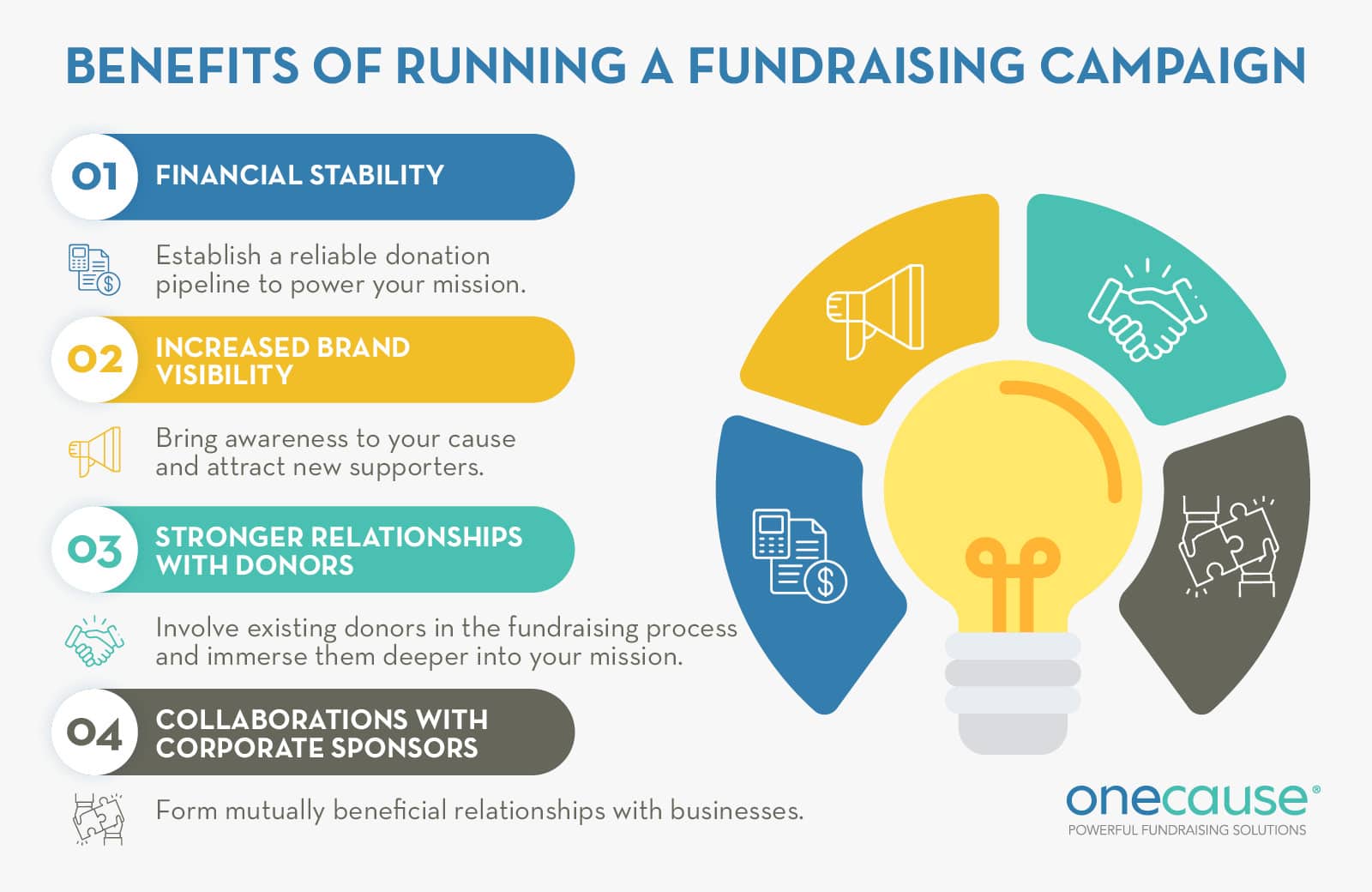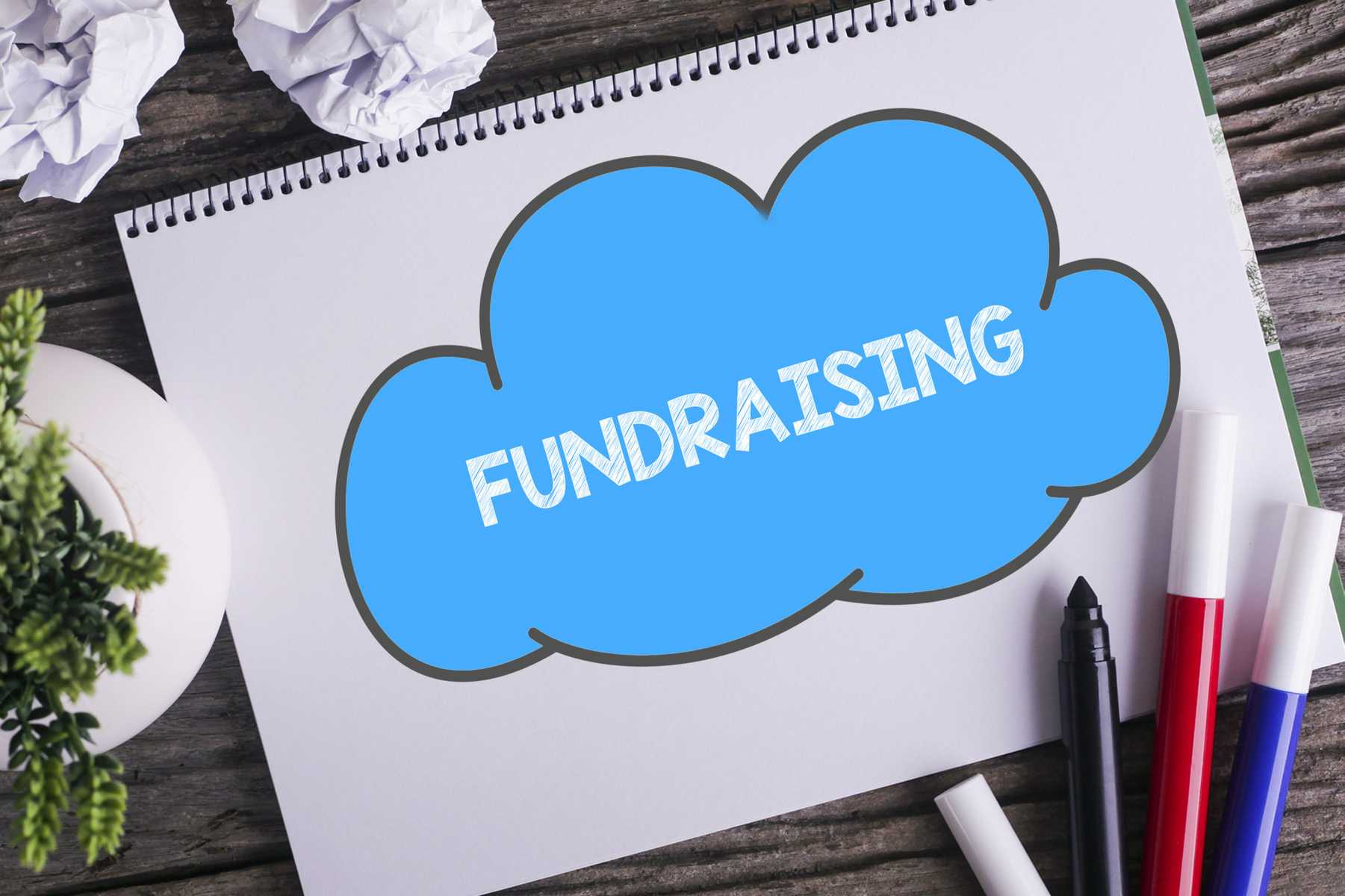Nonprofit Agency: Exactly How to Maximize Your Impact with Professional Support
Nonprofit Agency: Exactly How to Maximize Your Impact with Professional Support
Blog Article
The Function of Community Involvement in Nonprofit Fundraising: Building Lasting Relationships for Lasting Support
Neighborhood engagement is significantly recognized as an important part of successful nonprofit fundraising. By cultivating genuine partnerships with neighborhood stakeholders, companies can cultivate depend on and loyalty, which are important for lasting assistance. Nevertheless, the approaches and techniques used to involve communities vary extensively, elevating vital concerns regarding efficiency and impact. What are the finest techniques for growing these necessary links, and how can nonprofits gauge their success in this field? Understanding these characteristics could considerably affect the future of fundraising efforts and the total goal of not-for-profit companies.
Recognizing Area Involvement
Neighborhood involvement is a vital element of successful not-for-profit fundraising efforts. Nonprofits should recognize key stakeholders-- such as area members, neighborhood companies, and various other companies-- to create efficient involvement approaches.
Reliable area engagement is asserted on active listening and responsiveness to the needs and passions of the community. This process includes getting comments, recognizing community characteristics, and ensuring that the organization's mission straightens with local concerns. Engaging the community can take numerous types, consisting of public meetings, volunteer chances, and partnership campaigns, each created to encourage participation and financial investment in the company's goals.
In addition, community involvement need to be approached as a recurring dialogue instead than an one-time initiative. By cultivating a comprehensive setting where area voices are heard and valued, nonprofits can build a solid structure for future fundraising undertakings. Inevitably, a deep understanding of neighborhood involvement empowers companies to create genuine links that boost their overall efficiency and sustainability.
Benefits of Solid Relationships
Strong partnerships formed via neighborhood interaction return various advantages for not-for-profit fundraising initiatives. First and foremost, these partnerships foster trust fund and reputation, important parts in encouraging benefactors to contribute. When potential advocates see a nonprofit actively associated with their community, they are more most likely to count on its objective and influence.

Additionally, these connections promote reliable communication. Nonprofits can take advantage of their connections to share stories of effect, updates, and needs, making certain that fans remain educated and involved. This open line of communication not only strengthens bonds but also motivates word-of-mouth promotion, increasing the nonprofit's reach.
Lastly, strong community connections can bring in brand-new companions and sponsors. People and organizations are more inclined to align with organizations that show significant community involvement, giving extra sources and assistance that can substantially improve fundraising abilities. Therefore, growing robust relationships through area engagement is important to a not-for-profit's long-lasting fundraising success.
Approaches for Efficient Interaction
How can nonprofits properly engage their neighborhoods to enhance fundraising initiatives? Regular updates, engaging web content, and calls-to-action can galvanize area interest and involvement.
2nd, hosting neighborhood events, such as workshops, volunteer chances, or fundraising drives, assists in in person communication, allowing nonprofits to display their impact and efforts. These events not only increase funds however additionally cultivate relationships and enable neighborhood participants to involve straight with the cause.
Third, applying personalized communication methods can enhance involvement. Customizing messages to certain donor sections based on passions and past payments cultivates a feeling of belonging and investment in the organization's goal.
Finally, producing collaborations with neighborhood organizations and area leaders can magnify outreach efforts. Joint efforts can enhance exposure and credibility, demonstrating a cumulative commitment to the area's wellness. By integrating these strategies, nonprofits can construct enduring relationships that improve fundraising efforts and drive check lasting support.
Gauging Interaction Success
While engaging the neighborhood is important for successful not-for-profit fundraising, determining the efficiency of these engagement efforts is just as vital. Developing clear metrics permits organizations to examine how well they are linking with their audience and accomplishing their fundraising goals. Secret efficiency signs (KPIs) such as donor retention prices, volunteer participation levels, and interaction on social media sites systems give substantial information for analysis.

Routinely examining these metrics makes it possible for organizations to pivot their approaches when essential, making certain that neighborhood involvement remains aligned with their total objective. Furthermore, sharing these outcomes with stakeholders promotes transparency and constructs depend on, urging more area involvement. Ultimately, a durable dimension framework not only informs future fundraising initiatives however additionally enhances the connection in between the not-for-profit and its advocates, preparing for sustainable success.
Instance Studies in Community Effect
Many study highlight the extensive impact that neighborhood involvement can have on nonprofit fundraising success. One significant example is the "Something to chew on" initiative, where a regional food financial institution partnered with businesses and institutions to host community suppers. These occasions not only raised funds but additionally cultivated a sense of belonging amongst individuals, substantially raising contributor retention rates.
An additional compelling case is the "Environment-friendly Spaces Job," which included regional citizens in the revitalization of city parks. This campaign not only amassed monetary assistance from regional services but likewise grew a volunteer base that added to recurring upkeep and programming. The feeling of ownership and pride amongst community members translated right into sustained contributions.
In the world of arts, the "Art for All" project efficiently engaged neighborhood musicians and patrons to produce collective art installations, bring about raised visibility and donations for a regional arts not-for-profit.
These examples highlight that when nonprofits learn this here now prioritize community participation, they can develop long lasting partnerships that boost fundraising initiatives, making certain lasting assistance and promoting a dynamic community society. Such cases demonstrate that area interaction is not merely a strategy but a crucial column of nonprofit success.
Conclusion
To conclude, neighborhood involvement is important to the success of nonprofit fundraising efforts. By promoting strong relationships with neighborhood stakeholders, companies boost trust and reputation, resulting in improved donor retention and commitment. Applying effective involvement approaches and measuring their effect makes certain that nonprofits can adjust and thrive. Inevitably, a durable foundation of area support not only intensifies fundraising potential but likewise cultivates a culture of cooperation, important for attaining long-lasting organizational goals and sustaining significant influence.
Nonprofits should recognize key stakeholders-- such as area members, regional organizations, and various other organizations-- to produce effective involvement techniques.

In final thought, community involvement is important to the success of not-for-profit fundraising initiatives.
Report this page